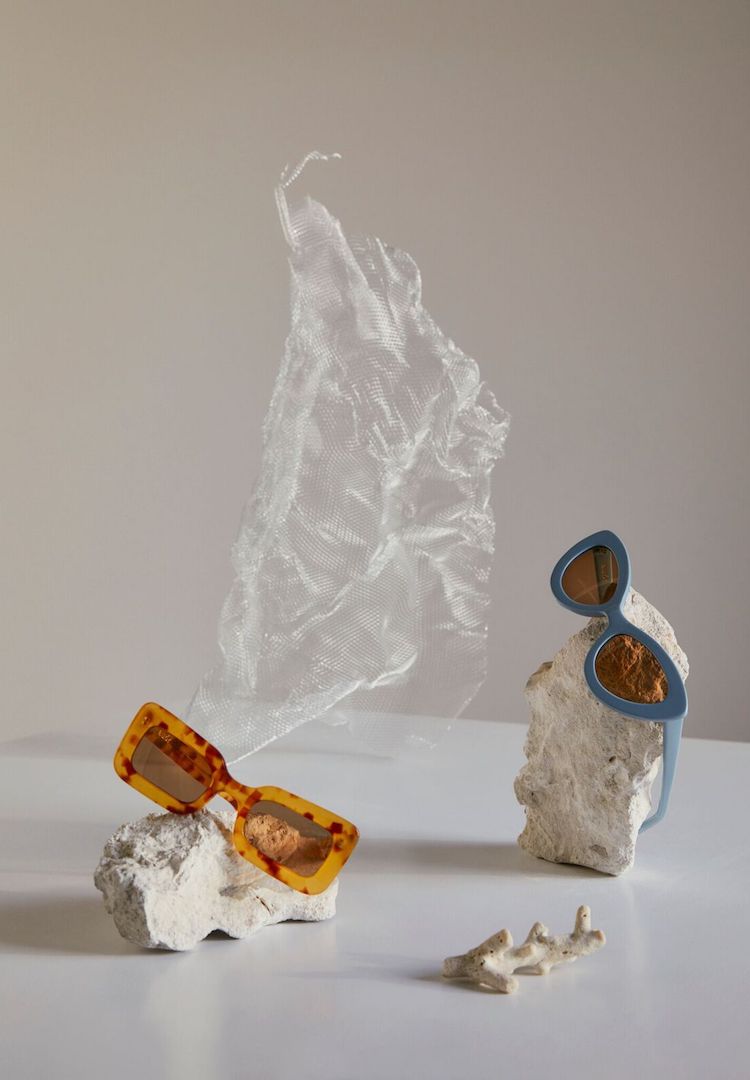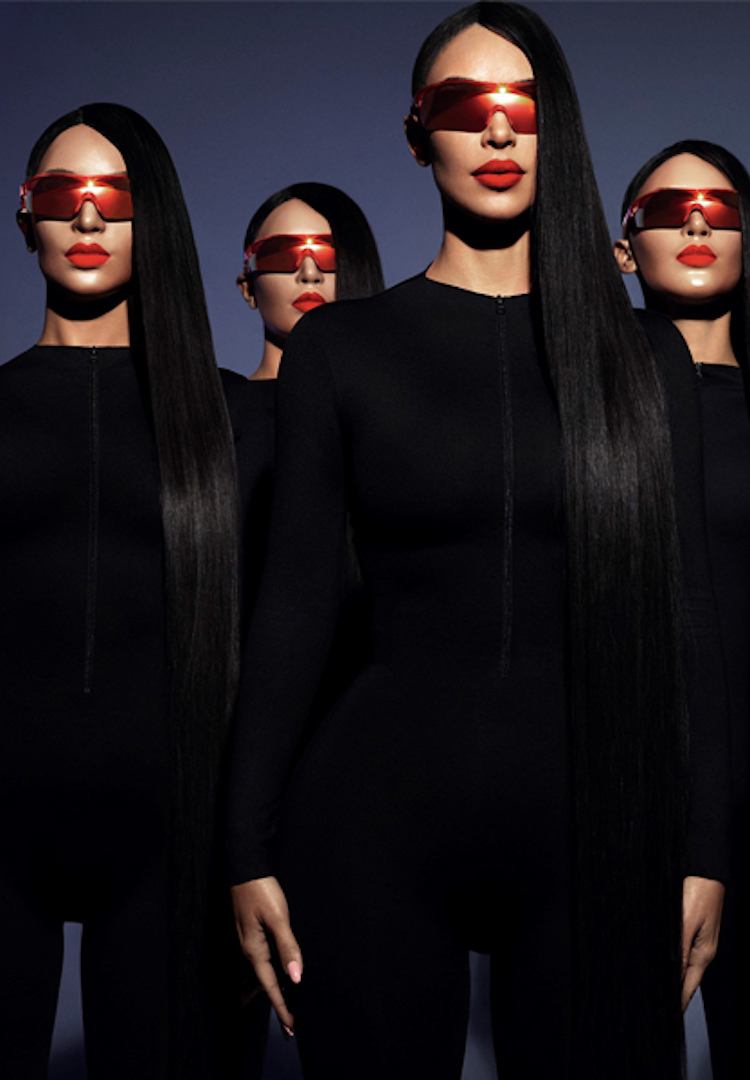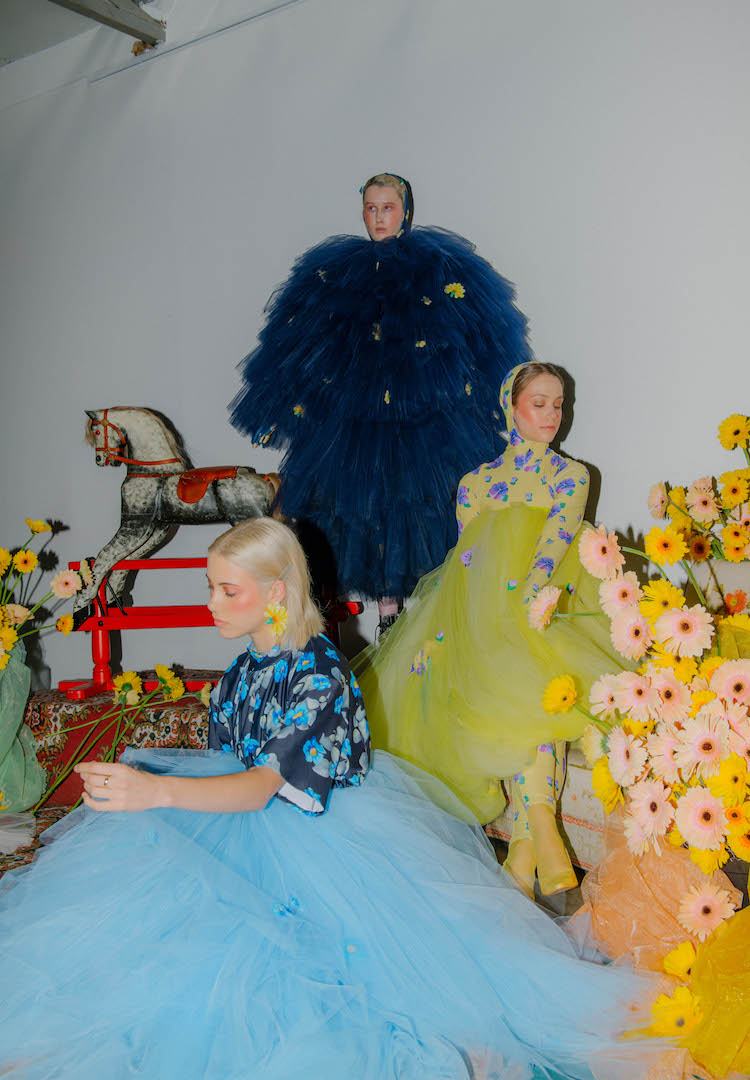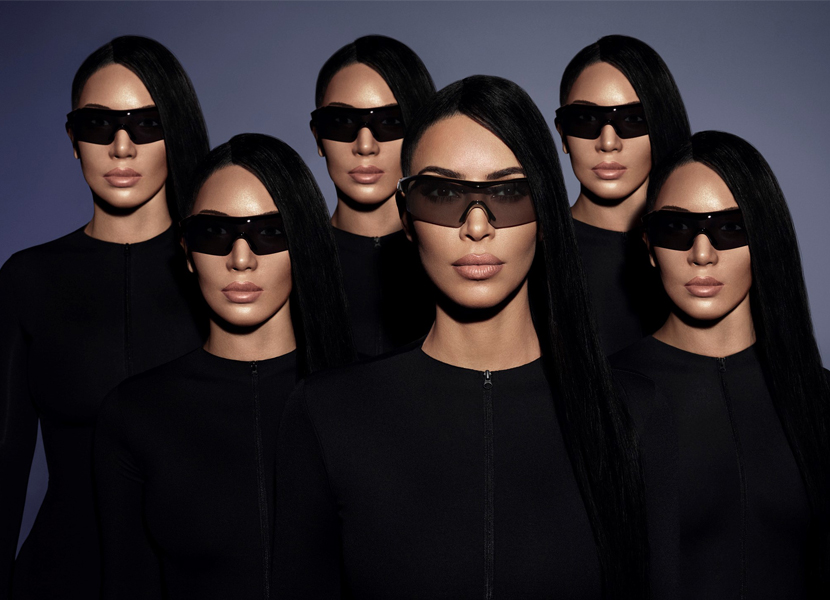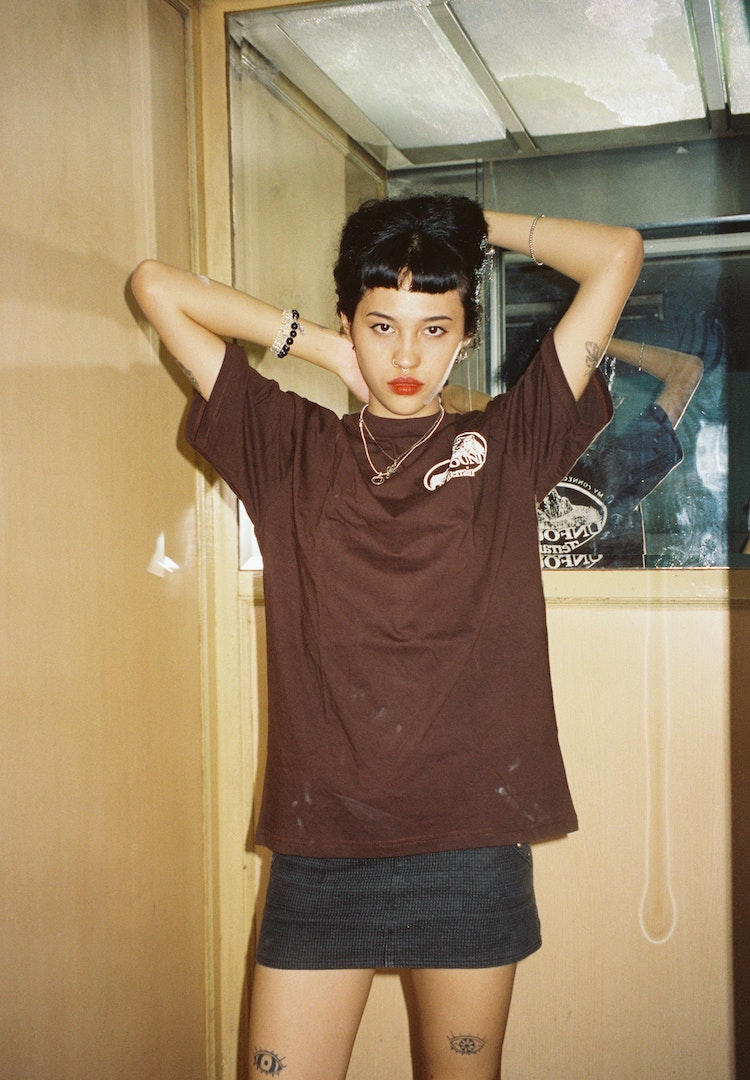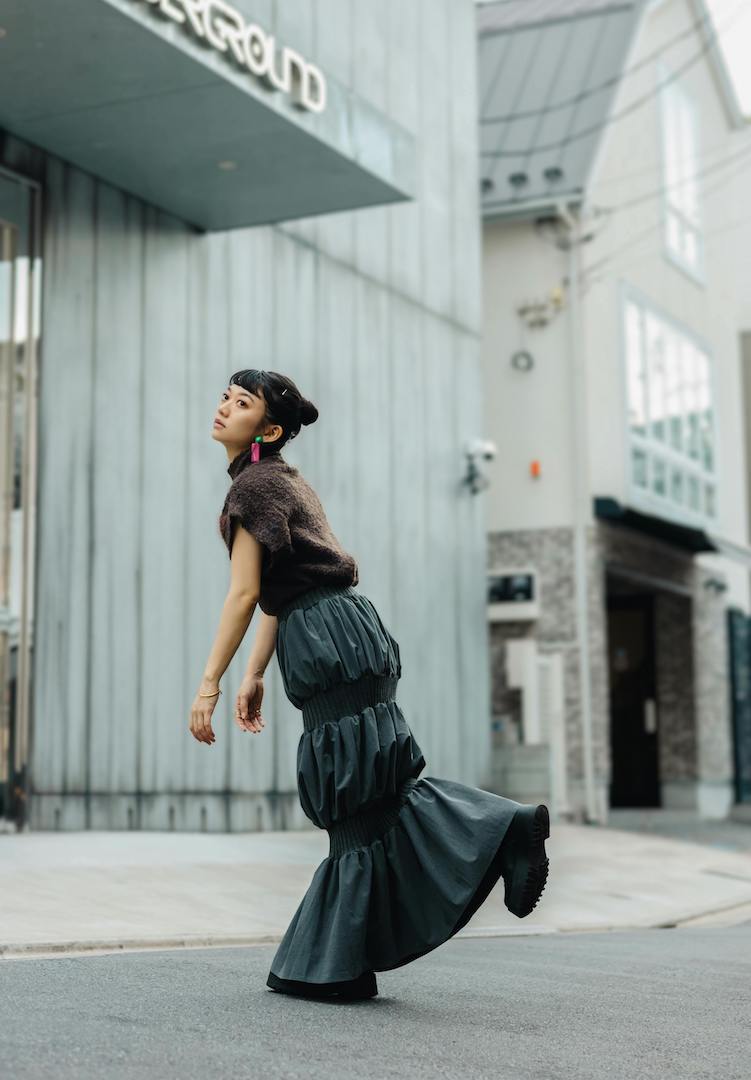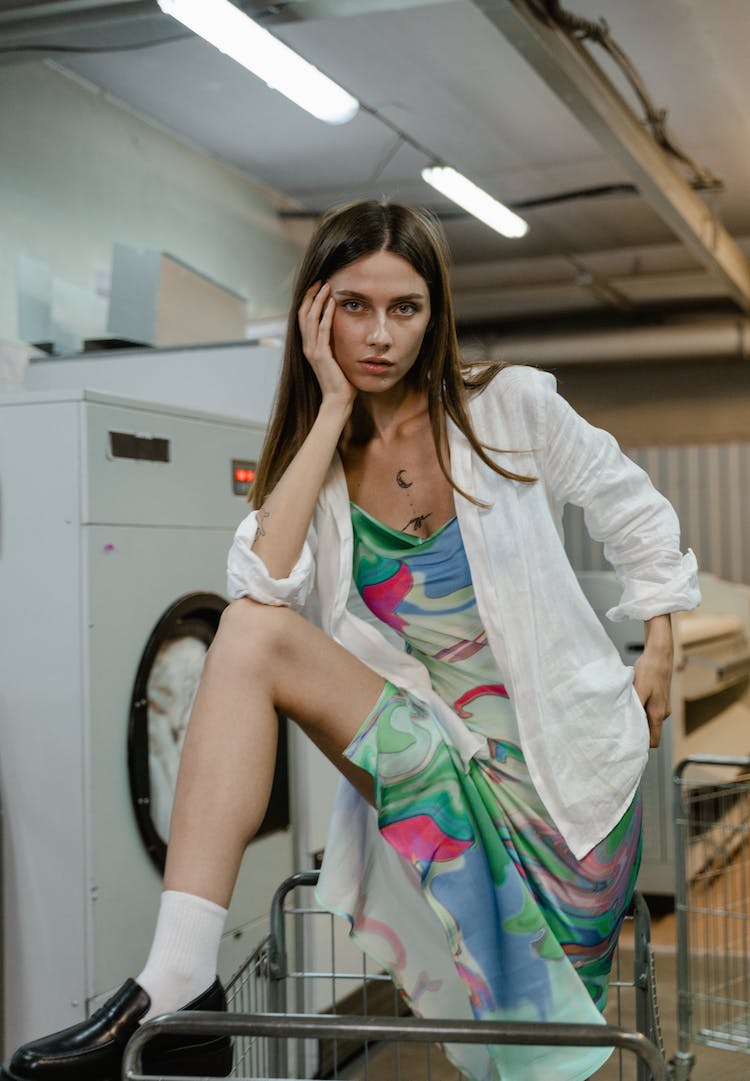A look into the future: What’s coming for fashion in the next decade
Image via Carolina Lemke
Words by Bianca O’Neill
How does the fashion industry now impact the fashion industry of the future?
As 2019 comes to a close and we approach a new decade at lightning speed, it’s the perfect time to consider what this century’s ‘roaring ’20s’ might mean for the rapidly changing fashion industry. From technological innovations to social media upheaval, here are some of our predictions for 2020.
VR and the online shopping experience
The impact of virtual and augmented reality has been slow to enter everyday lifestyles – particularly when it comes to the retail experience. But we are finally starting to see some serious players entering the field, with the aim of changing the way we shop online.
FlipFit combines the idea of personalised shopping destination Stitchfix with the social experience of Instagram. By taking the community-performed activity of shopping (and the significant influence that friends and family have in the final decision-making process) and combining it with the online retail space, you can curate your shopping list within the social network. If you’re unsure about your purchase, you can even ask your followers for advice.
AR is also making slow progress in fashion retail. Although we’re yet to hit the heights of virtual changerooms on multiple eCommerce sites, Lacoste has already developed an app that lets you try on its shoes. Similarly, Sephora allows you to try on makeup using 3D facial recognition, similar to the ever-popular Instagram filters, so you can effectively ‘try before you buy’.
Obviously, as these technologies improve, we will start to see them shape the way we shop online and also, most likely, the way we shop traditional retail spaces.
The end of generation-wide trends
We’ve spoken before about how the world of increasingly short-lived fashion trends has effectively diminished in recent years, making way for greater dressing diversity across the board. Coined populist fashion, this changing approach to trends is a byproduct of the rise of social media and its undeniable influence on the fashion industry at large.
Add to the mix our increasing concerns over sustainability, waste and the huge environmental impact of the fashion industry, and we’re sure to see most breeds of high-turnover, trend-driven consumerism decline.
The increasing influence of consumers
The increasing influence of consumers – via the equitable platform of social media – has been rapidly changing the way brands behave. Think Instagram watchdogs like Diet Prada and Estée Laundry exposing brand issues and contributing to ‘cancel culture’, or direct-to-consumer brands like Glossier. Through DMs and comments, consumers now have a direct line of public and private contact to companies, which empowers them to demand changes and give real-time feedback. It’s clear that brands are going to have to change for the better – or face the wrath of a wave of boycotts.
This year we’ve already seen Victoria’s Secret part ways with its questionable executive Ed Razek after consumer backlash over its diversity-lacking runway, as well as an explosion of anonymous allegations, published via Estée Laundry, charging Mecca Cosmetica with worker mistreatment.
It’s hard to imagine either of these stories creating the same impact in a pre-social media world.
So how will this ultimately change the way brands act as we enter the next decade? Well, we’ve already seen many brands change the way they work as a result of social media backlash – just look at Kim Kardashian’s ill-fated Kimono brand, which was renamed Skims after backlash.
In the new decade, brands that don’t listen to the demands of their followers beware. Because you might just find yourself #cancelled.
Green is the new norm: The end of greenwashing
The simple fact is that any brand encouraging you to buy more, while also claiming to be ‘sustainable’, is lying to you. True sustainability for the fashion industry starts with a focus on consuming less, consuming items made from better materials, and reducing waste – from packaging to offcuts to excess product.
We are in a moment of flux for the fashion industry; projecting the idea of ‘sustainability’ is at the cornerstone of fashion marketing, but many brands achieving true sustainability still have a long way to go. The increased visibility of consumers and critical call-out culture via social media will ensure that ‘greenwashing’ – portraying your brand as ‘green’ while only making token, easy steps towards sustainability – comes to a swift end.
The onus also lies on consumers to reduce their consumption, and fashion media must also play a large part in sending a message about buying for longevity and quality, not short-lived fast fashion trends.
So what’s next? A renewed demand from consumers that brands practice what they preach, and sustainability becoming the new norm rather than a marketing gimmick. Now if only our Government would follow suit, we might just save the planet.
Follow Bianca’s fashion commentary on Instagram at @bianca.oneill

